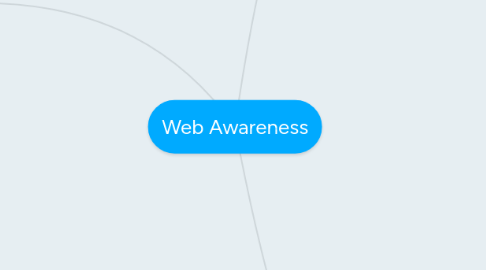
1. Internet Safety
1.1. Cyber Bullying
1.1.1. Anonymous
1.1.1.1. Fake Profiles
1.1.1.2. Impersonal
1.1.2. Intent to Harm
1.1.2.1. Physical Side Effects
1.1.2.2. Long-lasting
1.1.3. Instantaneous
1.1.3.1. Instant Messaging
1.1.3.2. "Always On"
1.2. Sexual Content
1.2.1. Sexting
1.2.1.1. Not Always Private
1.2.1.2. Snapchat
1.2.2. Impact
1.2.2.1. Constantly Reminded
1.2.2.2. Shapes Values
1.2.3. Sexualization
1.2.3.1. Premature
1.2.3.2. High-Risk Behaviour
1.3. Classroom Integration
1.3.1. Awareness
1.3.1.1. Netiquette
1.3.1.2. Ethical Behaviour
1.3.2. Privacy Settings
1.3.2.1. Web Alias
1.3.2.2. No Personal Info
1.3.3. Safety Restrictions
1.3.3.1. Filtering Systems
1.3.3.2. Browsing History
1.3.4. Supervise
1.3.4.1. Open Space
1.3.4.2. Address Issues
2. Copyright
2.1. Intellectual Property
2.1.1. Public Domain
2.1.1.1. No Copyright
2.1.1.1.1. Created Before Copyright
2.1.1.1.2. Copyright Period Passed
2.1.1.2. Free to Use
2.1.2. Fair Use
2.1.2.1. Transformative
2.1.2.2. Quoting
2.1.2.3. Non-profit
2.1.3. Trademark
2.1.3.1. Identify
2.1.3.2. Violated Through Profit
2.1.3.3. Registered
2.2. Copyright Implications
2.2.1. Plagiarism
2.2.1.1. Copying & Pasting
2.2.1.2. Disregarding Sources
2.2.2. Improper Citation
2.2.2.1. Online Images
2.2.2.2. No Credit to Author
2.2.2.3. Seek Author Permission
2.3. Classroom Integration
2.3.1. Modelling
2.3.1.1. Proper Documentation
2.3.1.2. Ethical Use of Technology
2.3.2. Conversations
2.3.2.1. Legal Implications
2.3.2.2. "Real World" Application
3. Authenticity
3.1. Evaluation
3.1.1. Authority
3.1.1.1. Qualified Author
3.1.1.2. Reputable Sponsor
3.1.2. Accuracy
3.1.2.1. Reliable & Error-Free
3.1.2.2. Editor
3.1.3. Objectivity
3.1.3.1. Unbiased
3.1.3.2. No Advertising
3.2. Fact or Folly?
3.2.1. Fact
3.2.1.1. Use Evaluative Strategies
3.2.1.2. Can Be Verified
3.2.2. Folly
3.2.2.1. Use Caution
3.2.2.2. Harmful To Learning
3.3. Classroom Integration
3.3.1. Critical Perspective
3.3.1.1. Evaluative Techniques
3.3.1.2. Think Critically
3.3.2. Conversations
3.3.2.1. Teach Facts First
3.3.2.2. Fact vs. Folly
3.3.3. Sources
3.3.3.1. Reliability
3.3.3.2. Validity
